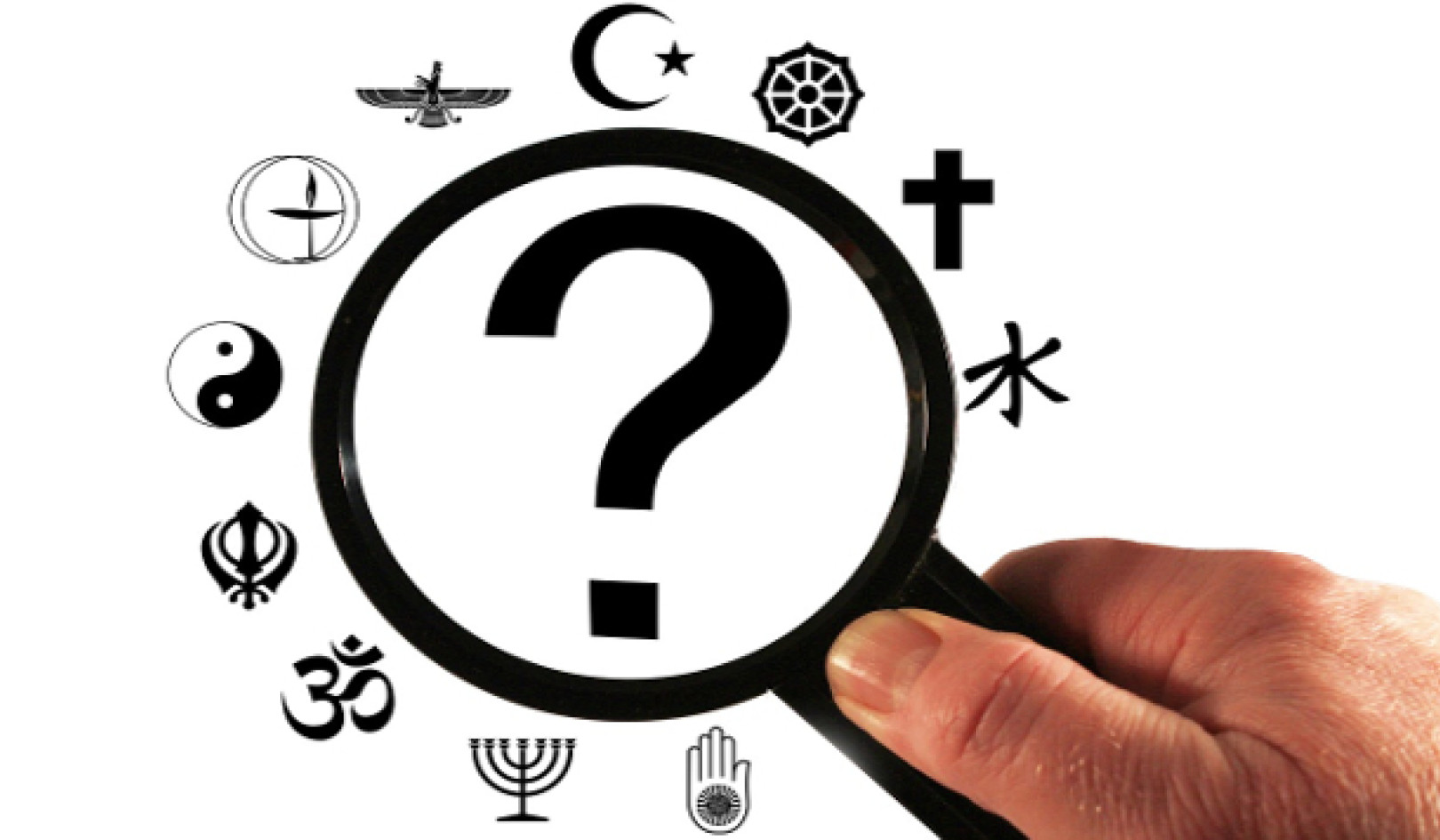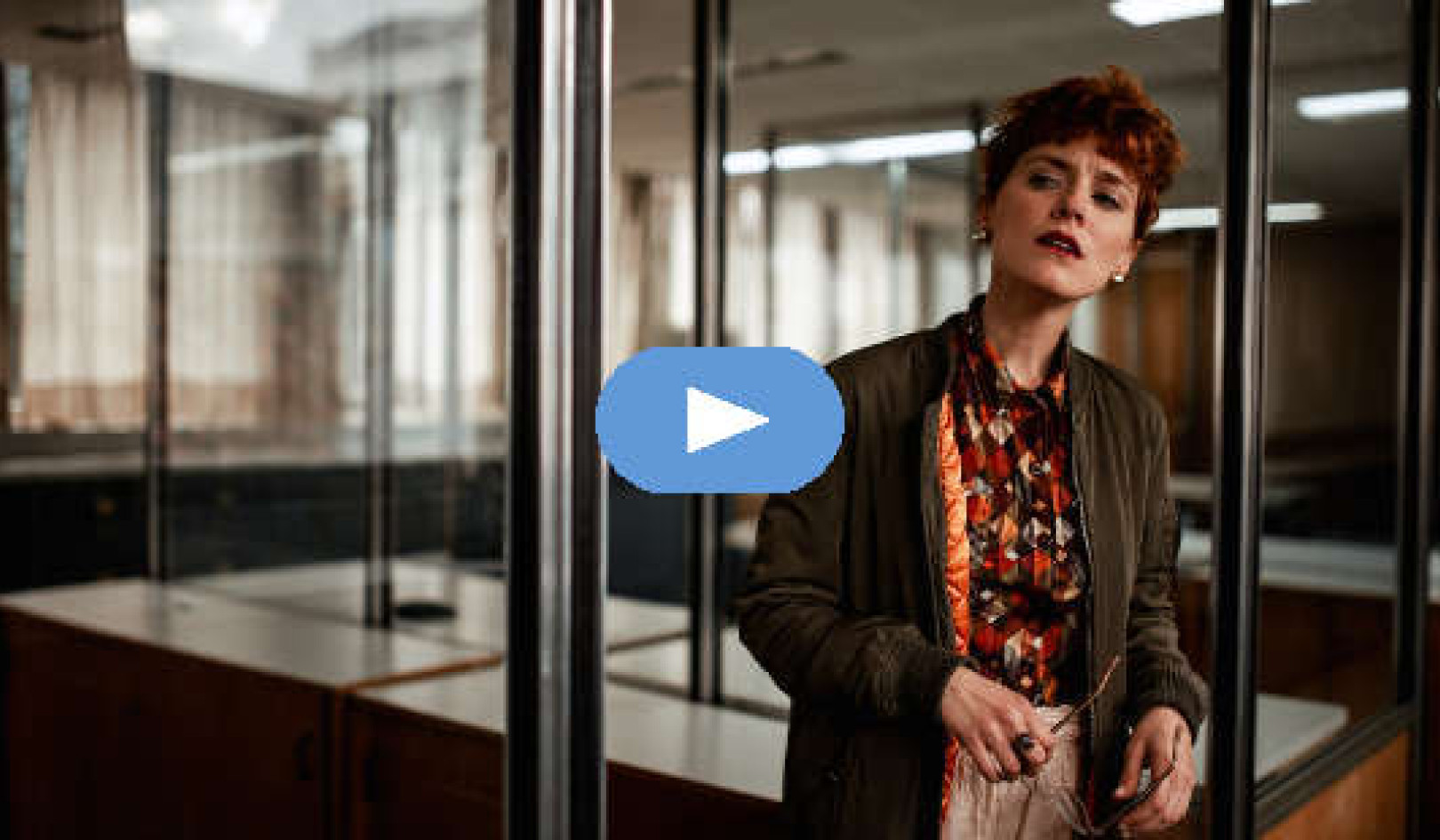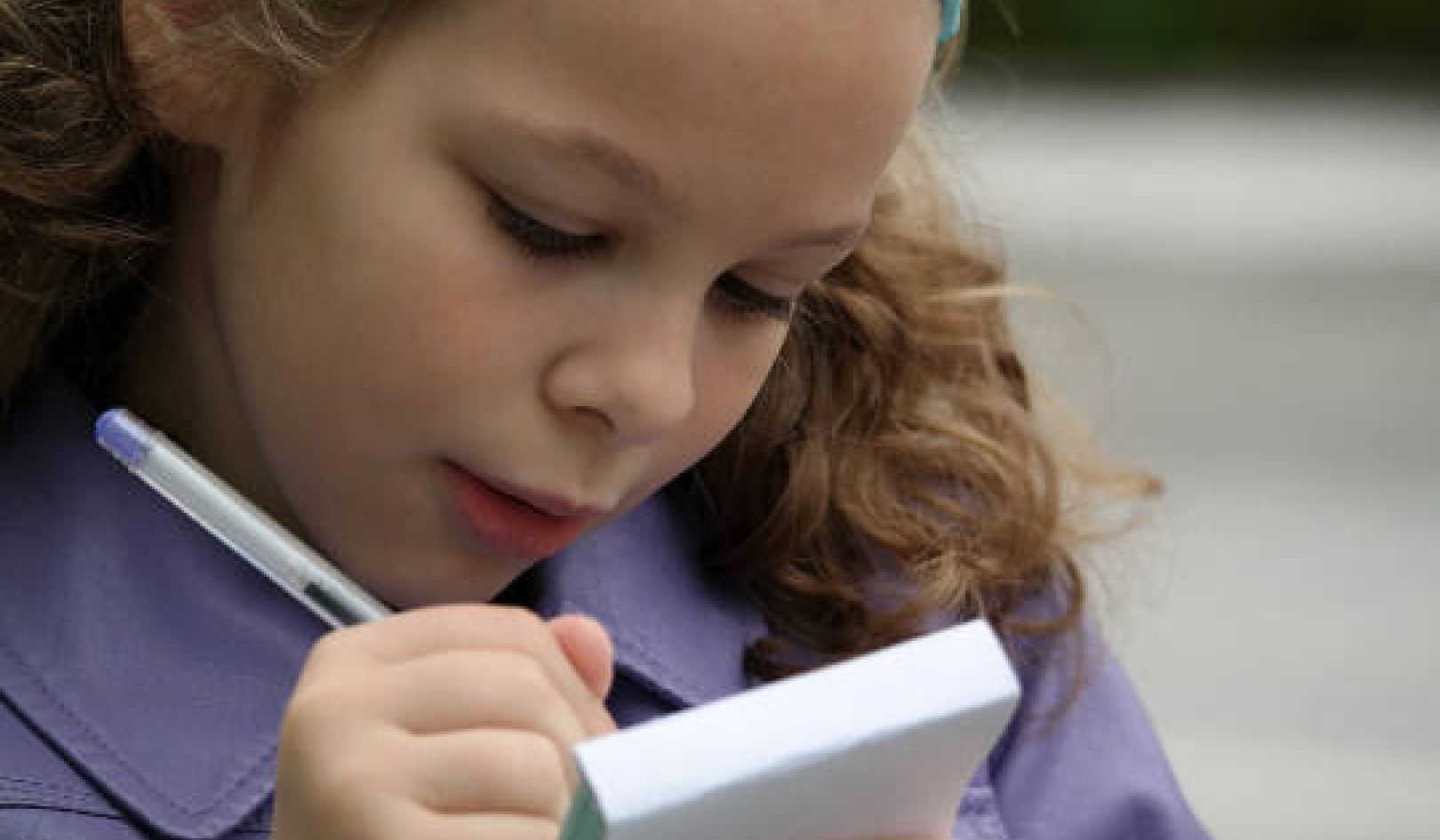High Holydays
by Rabbi Shoni Labowitz
Different traditions celebrate the New Year at different times and in different ways. The Jewish New Year, also known as the High Holydays, does not suddenly burst forth in time. There is a definite flow as one year recedes and another is renewed in a season of ritual, prayer, and celebration. Meaningful rituals open opportunities for healing the past, and birthing renewed ways of living in joy and harmony.
...acknowledge with gratitude that there is a Divine force beyond ourselves that guides our steps.
Prayers of this season encourage a reconsideration of our lives, as well as a time for recharging our passion and reconnecting with our spiritual roots. The High Holydays are meant to be celebrated in solitude as well as in a supportive community of kindred spirits.
When To Begin
The journey to the New Year begins with the month of Elul (generally around August 27th). There is an introspection and reflection that is ritualized at a moving midnight service called Selichot. It is followed by Rosh Hashana, a time for bonding with God and being supported by a spiritual family and community. It is also a time to enhance our self-esteem by casting away the debris and turning it into fertile ground for the year ahead.
Rosh Hashana is followed by Yom Kippur, a 24 hour period when we stop all routine activity, let go of extraneous thoughts, words and actions, and come face to face with our potential in a renewed, reconsidered and Godded way of being.
The following notes may help you tap into the energy of this intensely spiritual time and feel the benefits of the universal power as it speaks through ancient traditions.
Selichot means "forgive us" and beginning on the Saturday night before Rosh Hashana (or if Rosh Hashana begins on a Monday or Tuesday, it is the second Saturday night before the holiday), prayers of forgiveness called Selichot are recited. It is the custom to gather at midnight to begin the recitation of Selichot prayers, since according to tradition, the heavens are most open to our prayers at midnight. In this service we recall the many acts of God's grace in our lives, recite the 13 merciful attributes that God revealed to Moses (Exodus 33:21-34:7), and immerse ourselves in the waters of renewal.
Elul is in the Hebrew month before Rosh Hashana. The Hebrew letters for Elul are an acronym for ani l'dodi v' dodi li' which means "I am to my Beloved as my Beloved is to me." This is a time for uniting with the Sacred Beloved we call God, by consciously letting go of the inner 'enemies', fears that keep us from our true path. In order to assist us in beginning this process or reevaluation and self examination, we sound the Shofar and recite Psalm 27 each morning of Elul. The sounds and the psalm remind us to pause, study, and reconsider our lives.
Teshuvah is the Hebrew word for repentance; returning to the Divine Source and our own divine nature within. It is only through the power of repentance that, regardless of our deepest failings, fears and shortcomings, we can still feel close to God. It is when we take the conscious step to return that we realize God was never far from us.
The ten days from Rosh Hashana to Yom Kippur are called the "Ten Days of Return". It is during these ten days that we can actually turn around (heal) the blockages of the past year in preparation for the ultimate union with God on Yom Kippur.
Tefillah means prayer. It is the transmission of energy that creates a loop from God to the human and back to God. Tefillah begins with one's intention and thought, and is transmitted through words and actions. The Hebrew liturgy was channelled from such deep levels of consciousness, that to meditate on the letters and or recite the words places us in a Tefillah prayer-mode. Tefillah opens the gates to physical, emotional, spiritual ways of being in and with God. Living a prayer-full life is acknowledging God in everything we think, say, and do.
Rosh Hashana — "In the seventh month, in the first day of the month, there shall be a solemn rest for you, a sacred conviction commemorated with the blast of the ram's horn." (Leviticus 23:23-25.) Rosh Hashana, the time of the Fall equinox, is a time for renewing ourselves and our relationship to others, for refreshing the year, and for rediscovering our path through Torah (Bible), God and Israel — for the purpose of opening ourselves to increasing joy in our lives.
Tashlich means 'casting' or 'sending away' our transgression, blockages and mistakes into the waters of renewal and purification in order to cleanse, transform and liberate our lives. It is a custom that began in Europe around the 13th Century and is performed on the first afternoon of Rosh Hashana. We stand by a natural body of water (lake, ocean, stream...), empty our pockets and watch the crumbs float into the water. According to Arthur Waskow, author of Seasons of Our Joy, this ritual symbolically shakes loose the past by turning the errors we've committed from garbage and toxins into something fertile and life giving.
Shofar — This is the ram's horn that is blown on Rosh Hashana and at the conclusion of Yom Kippur. From the Zohar, the most popular of Kabbalistic texts, we learn that as the sound of the shofar arouses us to awaken spiritually in the physical world, the sound also ascends through a shofar in the supernal realms where it turns judgment and criticism into mercy and unconditional love. As we hear each blast of the shofar, we focus on it breaking through our own barriers so that we can receive fully the compassion and love which flows in us from God.
Yom Kippur — "The 10th day of the 7th month is the Day of At-one-ment. It shall be a sacred occasion for you..made on your behalf before YHVH your God... A Sabbath of complete rest shall it be for you, and you shall 'detach' from your egos." (Leviticus 23:26-32.) Yom Kippur is a 25 hour period of detaching from normal routine and habitual desires, such as eating and drinking. It is a time for standing fully exposed and face to face with the Divine within.
Zedakah is both charity towards those in need and contributions to help sustain that which spiritually sustains us (i.e. tithing). Zedakah is an important spiritual act during this time of renewal. Zedakah is considered a karmic cleanser as well as an act of faith in the future. In acknowledging the death of our old selves, so that we can awaken to the sweetness of a new self being born, we remember our loved ones who have died and also renew these bonds through Zedakah.
Time To Let Go
The Jewish High Holyday season is a time when we step back, stop, and acknowledge with gratitude that there is a Divine force beyond ourselves that guides our steps. With a gentle mixture of awesomeness and celebration, we enter God's stillness and reconsider the essence of our lives. We gather with family and a community of kindred spirits to encourage and support each other as we step into the New Year.
Miraculous Living: A Guided Journey in Kaballah through the Ten Gates of the Tree of Life by Rabbi Shoni Labowitz.
About The Author
Rabbi Shoni Labowitz is the founder of LivingWaters, a mystical, spiritual health spa weekend based on Kabbalistic teachings and open to people of all faiths. She and her husband, Phillip, are co-rabbis dedicated to Jewish Renewal. They can be reached at: Temple Adath Or, 11450 SW 16 St., Davie, Florida 33325.


























